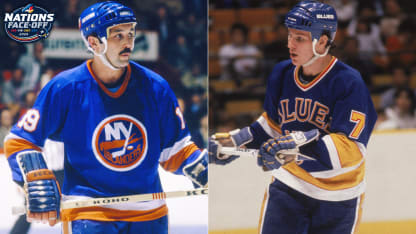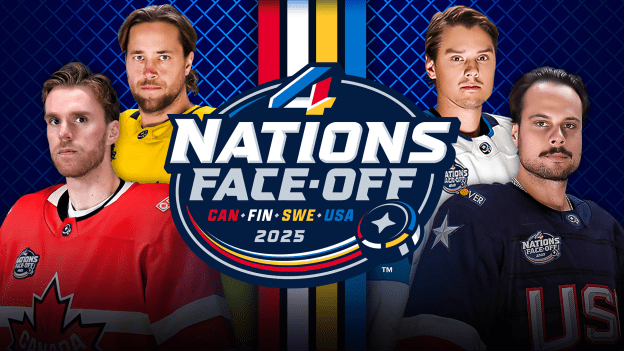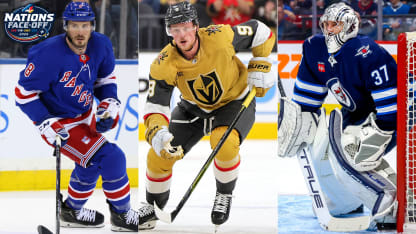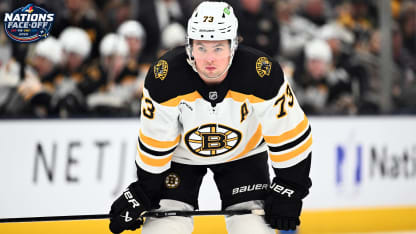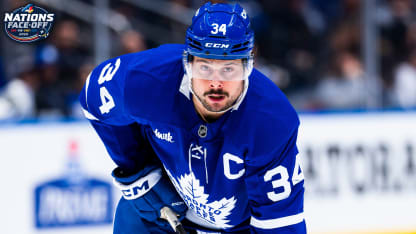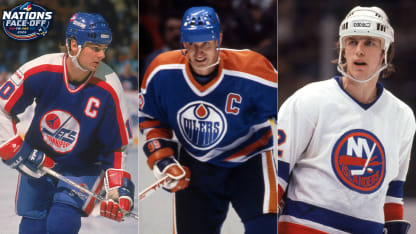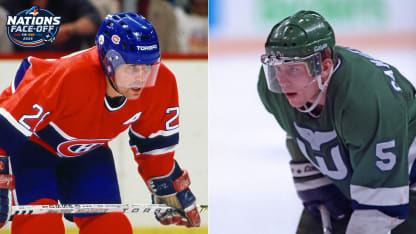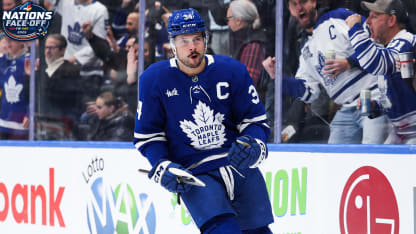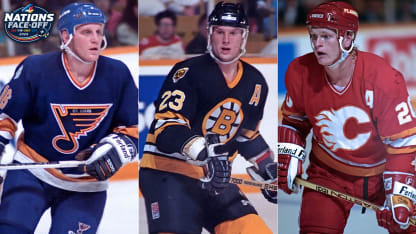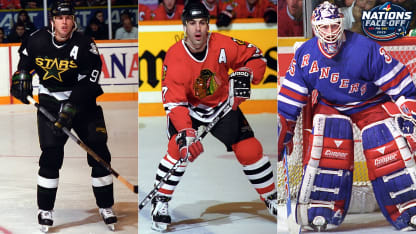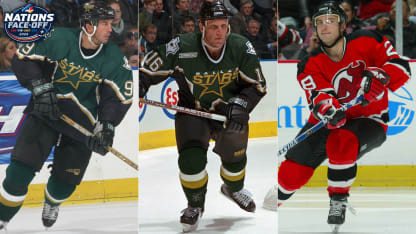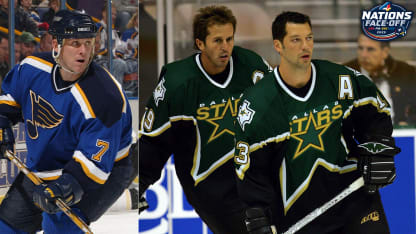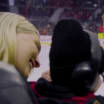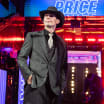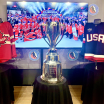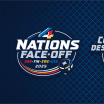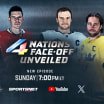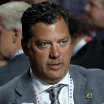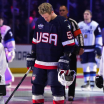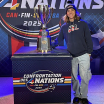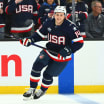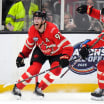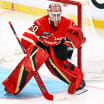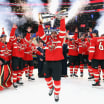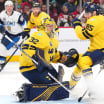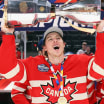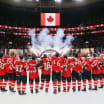Forwards (13)
Mark Johnson -- Bryan Trottier -- Joe Mullen
Aaron Broten -- Bobby Carpenter -- Dave Christian
Neal Broten -- Mark Pavelich -- Brian Mullen
Eddie Olczyk -- Pat Lafontaine -- Brian Lawton
Bob Brooke
By 1985 the United States was building more of an NHL talent base, with more younger players inspired by the 1980 "Miracle on Ice" team coming in. The fourth line here is an example of that. In February 1985, Olczyk was an 18-year-old rookie with the Chicago Blackhawks, Lafontaine was a 19-year-old rookie with the New York Islanders, and Lawton was a 19-year-old in his second season with the Minnesota North Stars after being the No. 1 pick in the 1983 NHL Draft. Trottier stars on the top line. He obtained U.S. citizenship to play in the 1984 Canada Cup, so the four-time Stanley Cup champion with the Islanders (1980-83) makes this team one year later as the No. 1 center. He was a future Hall of Famer in 1985 and would go on to win the Stanley Cup two more times, with the Pittsburgh Penguins in 1991 and 1992. Johnson was a hero on the 1980 Olympic team and by the middle of the 1984-85 season he was an established top-six NHL forward who could play center or wing. He had 87 points with the Hartford Whalers in 1983-84. Mullen turned pro before the 1980 Olympics and already was a 40-goal NHL scorer by the middle of the 1984-85 season. Carpenter was enjoying his best NHL season in 1984-85; he would go on to lead all U.S.-born players that season with 53 goals and 95 points. Christian was a key player on the 1980 Olympic team and a reliable goal-scoring and point-producing right wing in the NHL. His best seasons were with the Washington Capitals from 1983-86, when he had 233 points (96 goals, 137 assists) in 240 games. Aaron Broten was a key part of the New Jersey Devils reaching the Stanley Cup Playoffs for the first time in 1988. Neal Broten and Mark Pavelich also were members of the 1980 Olympic team. Broten led U.S.-born players in scoring from 1981-86 with 425 points (146 goals, 279 assists) in 388 games. Pavelich had 278 points (113 goals, 165 assists) in 282 games from 1981-85. Brooke was a grinder who took time to make it, spending four seasons at Yale University. He was a 24-year-old rookie in 1984-85, but had played on the 1984 U.S. Olympic and Canada Cup teams.
